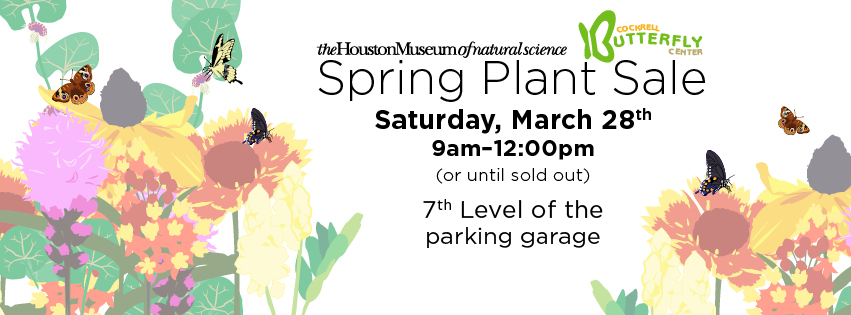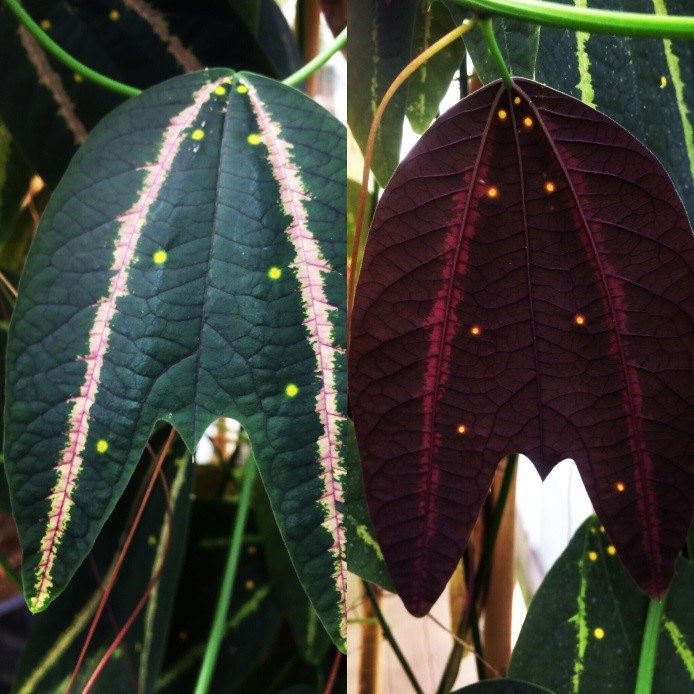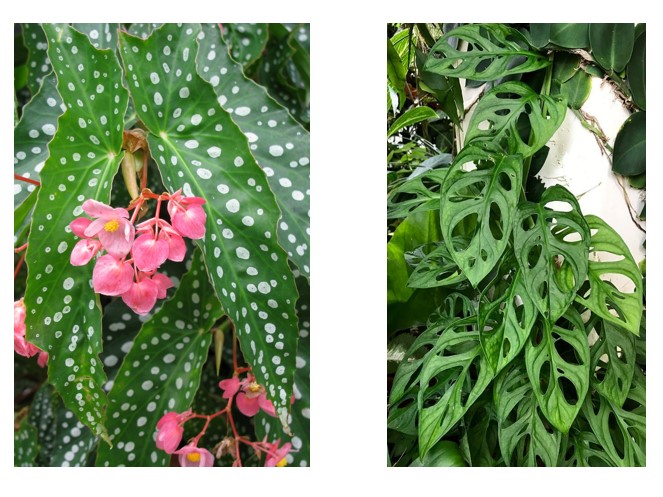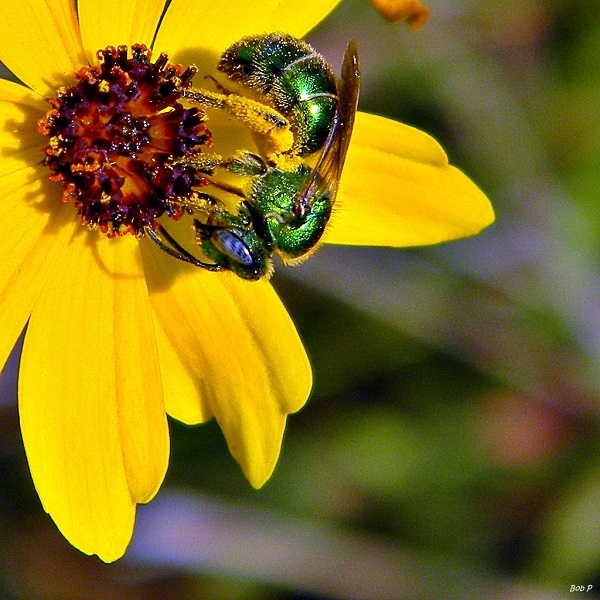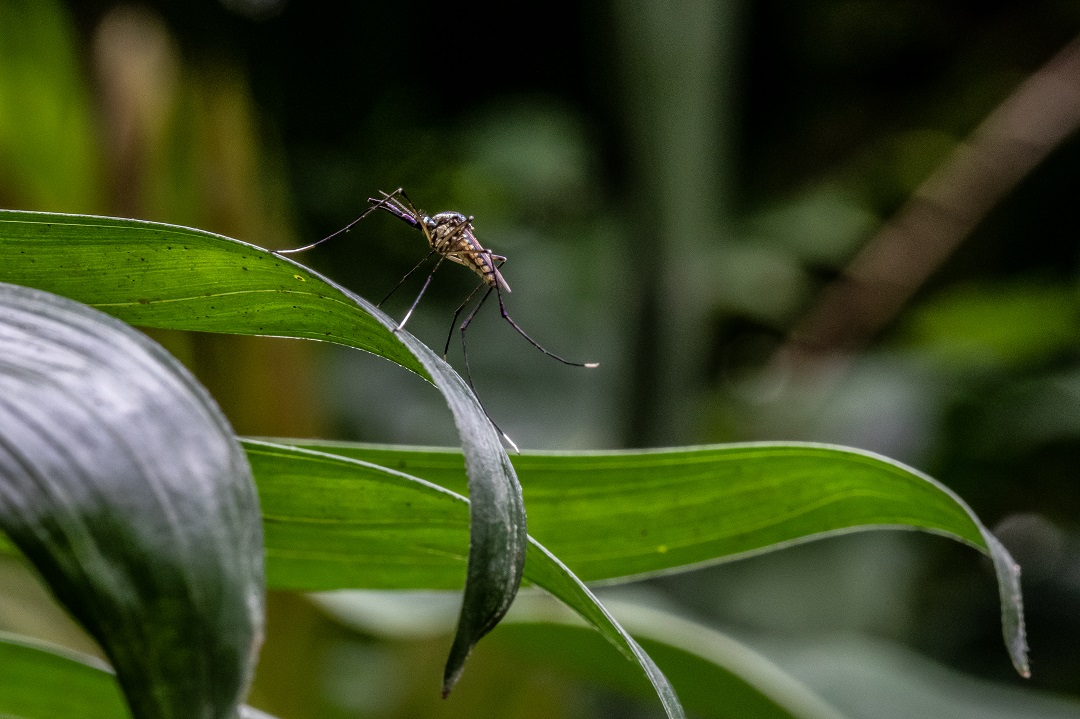We are sorry to disappoint monarch enthusiasts, but the Cockrell Butterfly Center has decided not to sell tropical milkweed (aka Mexican milkweed, Asclepias curassavica) any more. Instead, we will have a limited quantity of native milkweeds for sale. Recently, biologists studying monarchs have discovered that tropical milkweed may be a factor in the spread of a parasitic infection that attacks monarchs. The infection is called Oe (short for Ophryocystis elektroscirrha) and is transmitted by spores that fall from an infected female’s body onto the hostplant when she lays her eggs. The hatchling caterpillars eat the spores along with the leaves, and become infected themselves. After a generation or two or three, the infection level becomes so high that the butterfly dies (sometimes in the caterpillar stage, sometimes in the pupal stage, and sometimes as the adult).
This could happen with any milkweed – the problem with the tropical species is that it does not senesce (die back) in Houston’s mild winters but is perennial, growing throughout the year. In contrast, native species die back to the ground in the winter, and when they regrow in the spring they are spore free – so the infection cycle is broken.
Also, researchers have found that some monarchs in the southern part of the USA don’t bother to migrate if they have milkweed available. These year-round residents have been found to have very high levels of Oe infection, because they are mostly using the tropical milkweed species generation after generation. While this probably doesn’t greatly impact the migration as a whole, we don’t want to contribute to the local spread of the disease.
If you do already have tropical milkweed, one solution is to cut it back severely a couple of times a year. Even better is to remove the tropical variety and switch to native milkweed species. Unfortunately, so far these are not widely available in the nursery trade and are not as easy to grow as the tropical variety!
We are all learning and struggling to do our best for the butterflies. This year we will have a limited quantity of two native species at our spring plant sale: Green Milkweed (Asclepias viridis) and Antelope Horns Milkweed (Asclepias asperula).
Our next plant sale will be Saturday, March 28, 2015 from 9 a.m. to noon, or until we sell out. It will be located in its usual spot on the 7th level of the Museum parking garage. We hope you will try growing native milkweeds, and please let us know how it goes for you!




